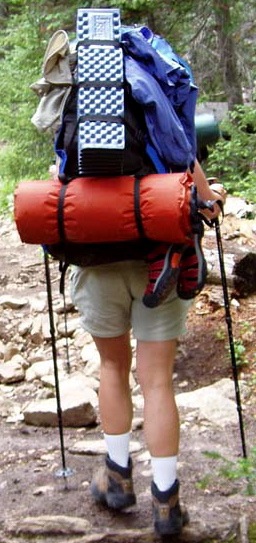
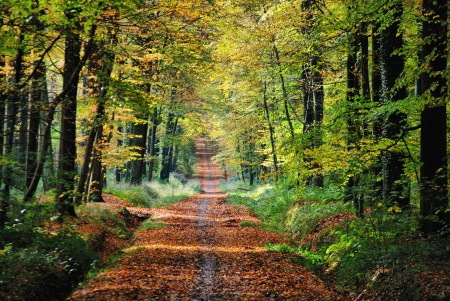
| Route 66 | Cities | Beaches |
 |
 |
Red
River Gorge |
Mammoth
Cave |
Cave Run |
Sheltowee Trace |
| River to River Trail (Illinois) | Cumberland Trail (Tenn.) | Shawnee Trail (Ohio) | Big South Fork | Pine Mtn |
Another unlikely treasure is the Knobstone Trail in Indiana. It's already 58 miles long and 80 more miles are currently under construction. The southern trailhead is in the Deam Lake Recreational Area 16 miles north of Louisville. The current northern trailhead is at Delaney Creek outside of Salem. In between, the trail continually climbs and drops. It is actually the roughest trail in the Midwest, totalling 20,000 ft. of elevation change. It follows the Knobstone Escarpment, a ragged ridge which is the eastern edge of a geologic uptilt. The trail is almost entirely within the Indiana State Forest. It is surprisingly beautiful, and you find it hard to believe you're only an hour from Louisville, Indianapolis and Cincinnati. |
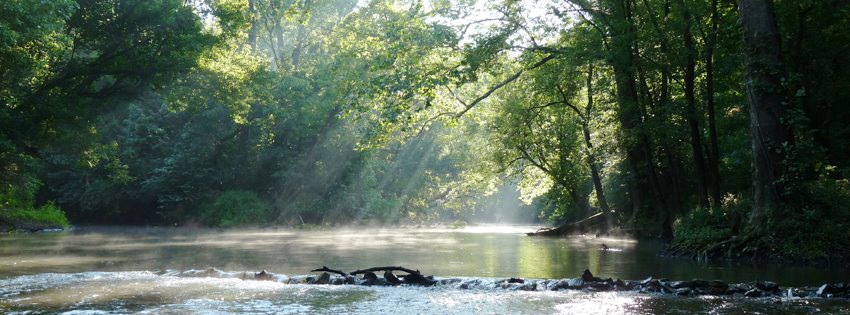 |
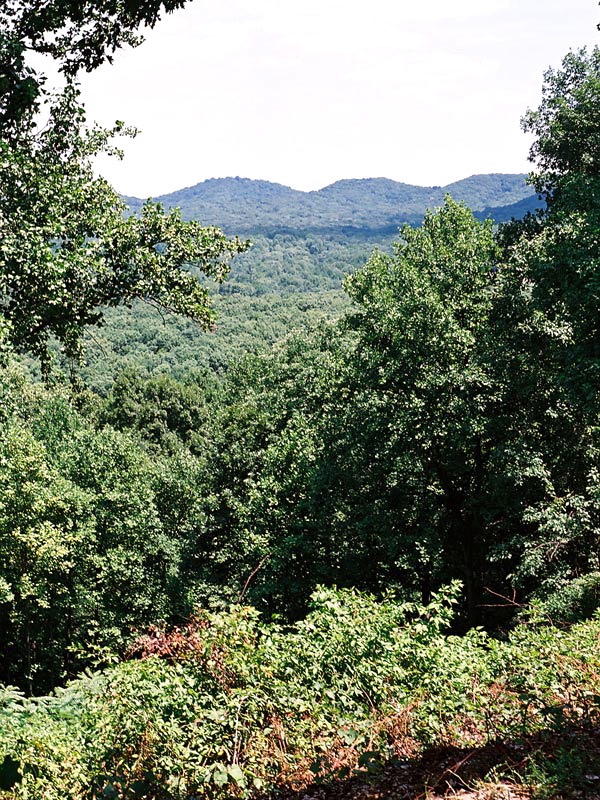 |
The trail is maintained in semiwilderness condition. Crews clear downed trees, repair eroded trailbed, and try to keep the brown plastic posts and 3 x 6 inch white blazes in place. Other than that, you're on your own. There are campgrounds at Deam Lake, Delaney Creek and Clark (about the midpoint). Otherwise, there are no specified campsites, no water sources and no cabins. You can camp anywhere as long as you pitch your tents one mile from roads and trailheads and out of sight of the trailbed. Close to the cities and high on the ridge as you are, you do have cell phone, GPS and internet access, and there are a few places where you need it, as trees may have been downed or removed which contained the blazes. Water will be your biggest problem. In April, May and early June you can draw from the streams and purify it. But by late June the streams are dry and they'll stay dry through Halloween except after three day rains. This means you have to carry water, and with the continual steep climbs that is a challenging burden. Since this is the closest backpacking location to Louisville and Indianapolis and a wilder, more challenging experience than the Shawnee Trail so it also draws from Cincinnati, you should expect lots of company on weekends. During the week, however, you'll have the trail to yourself. In late September and all of October the Knobstone Trail is spectacularly beautiful. The Indiana State Forest is predominantly hardwood, and the leaves turn brilliant gold, orange and red in the Fall.
|
You could day hike or weekend hike the Knobstone Trail. The access points are from five to 12 miles apart. This is how most hikers solve the water problem. They either hike it in shorter segments or have a friend meet them with fresh water jugs, or cache water jugs near each access point. Two outfitters specialize in dropping off water : Tim Knapper (812-620-0023) and Jeff Campbell (812-967-4620). They also provide shuttle services. There's plenty of geology here. The Norman Plateau extends across most of Central Indiana and the Scottsburg Lowland lies along the Ohio River. The Knobstone Escarpment is where the land drops abruptly down from the plateau to the lowland. Shale, Sandstone, Siltstone and other layers are visible everywhere, and there are scenic cuts, cliffs, crevices and narrow passageways to make the trail interesting. Unlike the other trails in the region, horses are prohibited on the Knobstone. This not only avoids the frequent deposits on the trail, but means low lying areas have not been churned into muddy bogs. |
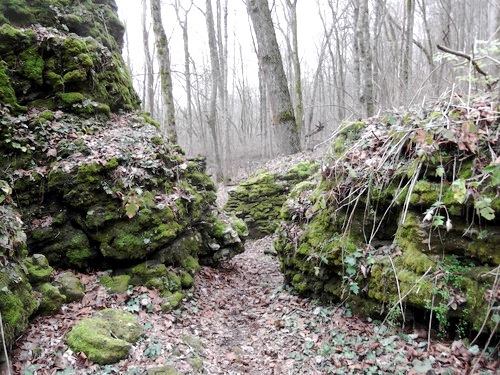 |
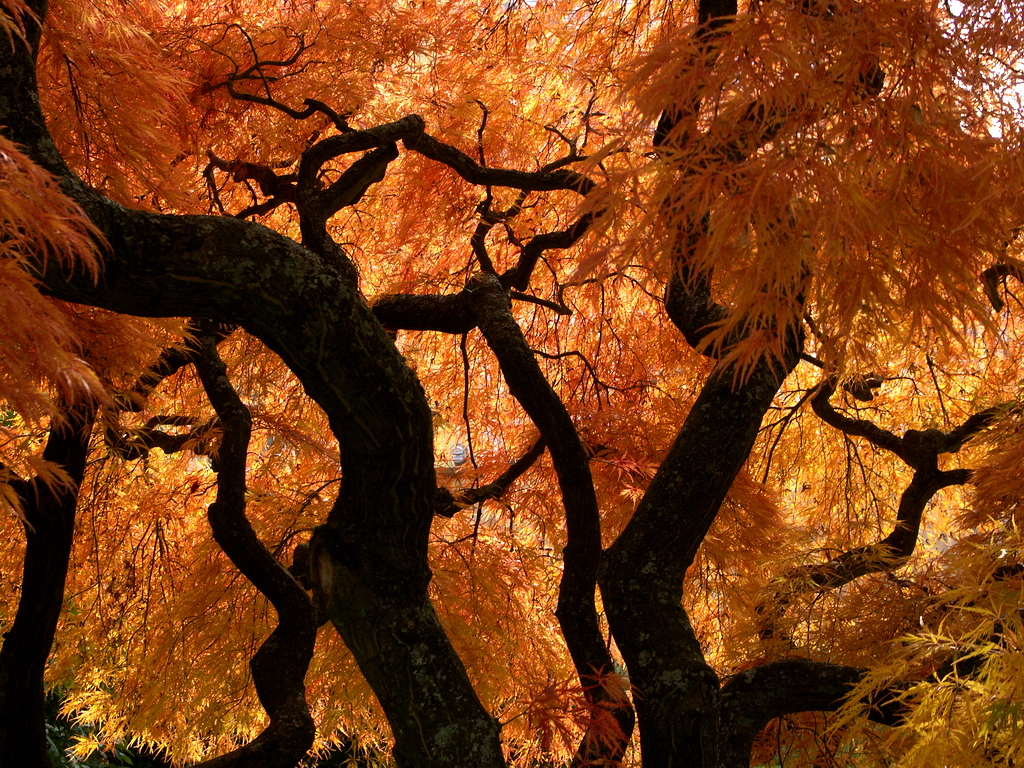 |
If you like to fish, the Southern part of the trail passes seven lakes, ranging in size from two to 18 acres. You will, of course, need a license. Hiking the trail, especially at dawn and dusk, you're likely to see Deer, Grouse, Raccoon, Porcupine and Groundhog. Where a forest edge meets a clearing, look for Red Tailed Hawks perched on high branches surveying the ground for prey. Camped at night listen and look for various kinds of Owls. From about 11 to about 4, Fence Lizards and Skinks will be scurrying around on the ground or up trees. Several kinds of nonpoisonous snakes live here, along with Rattlesnakes and Copperheads. The only problems you'll need to be careful of are Deer Ticks and Poison Ivy. Check yourself and your companions for ticks frequently. Wear long pants with legs tucked into socks and dust the socks and lower pant legs. Poison Ivy won't be a problem on the trail, but it may when you go off trail looking for a campsite. |
|
|||
|